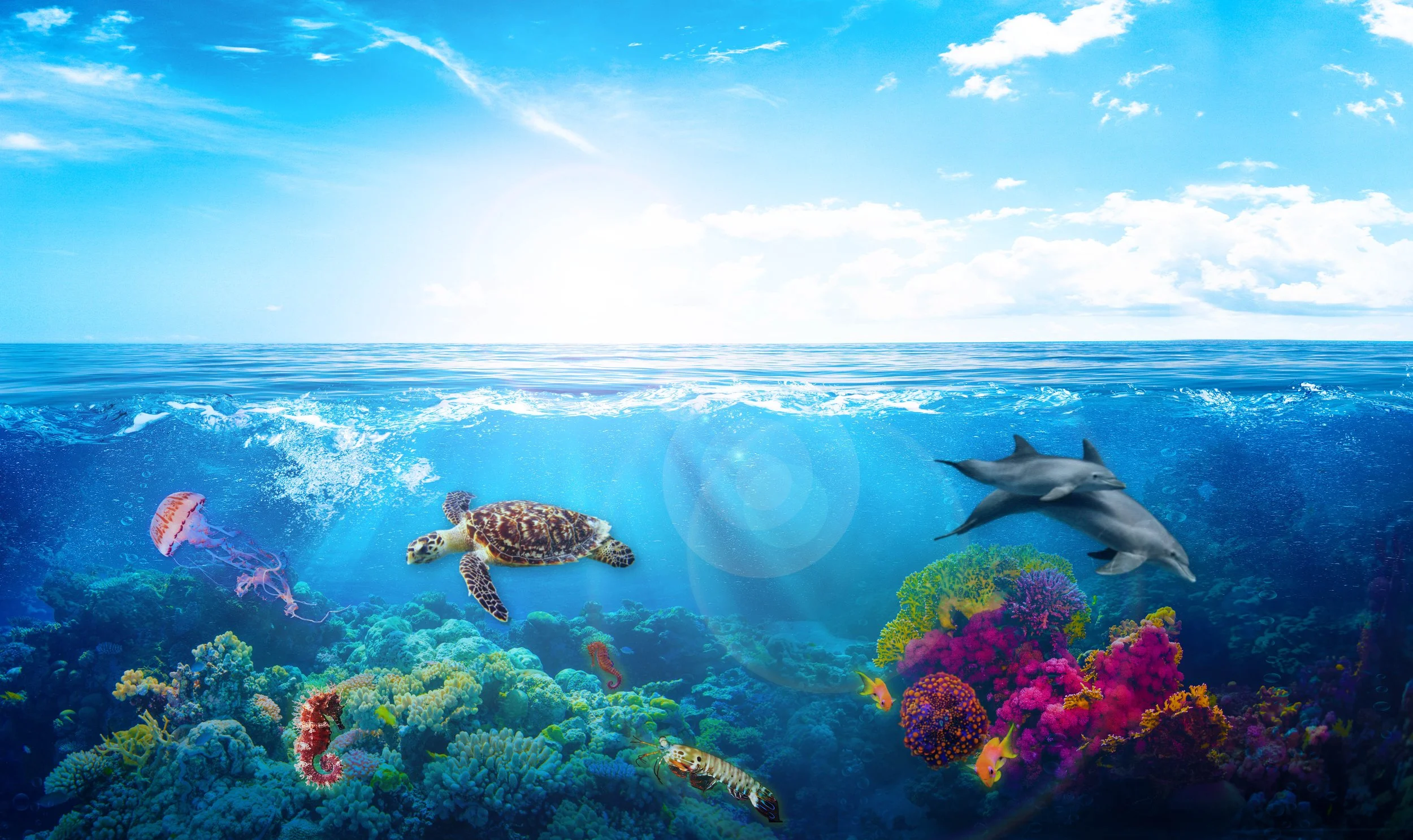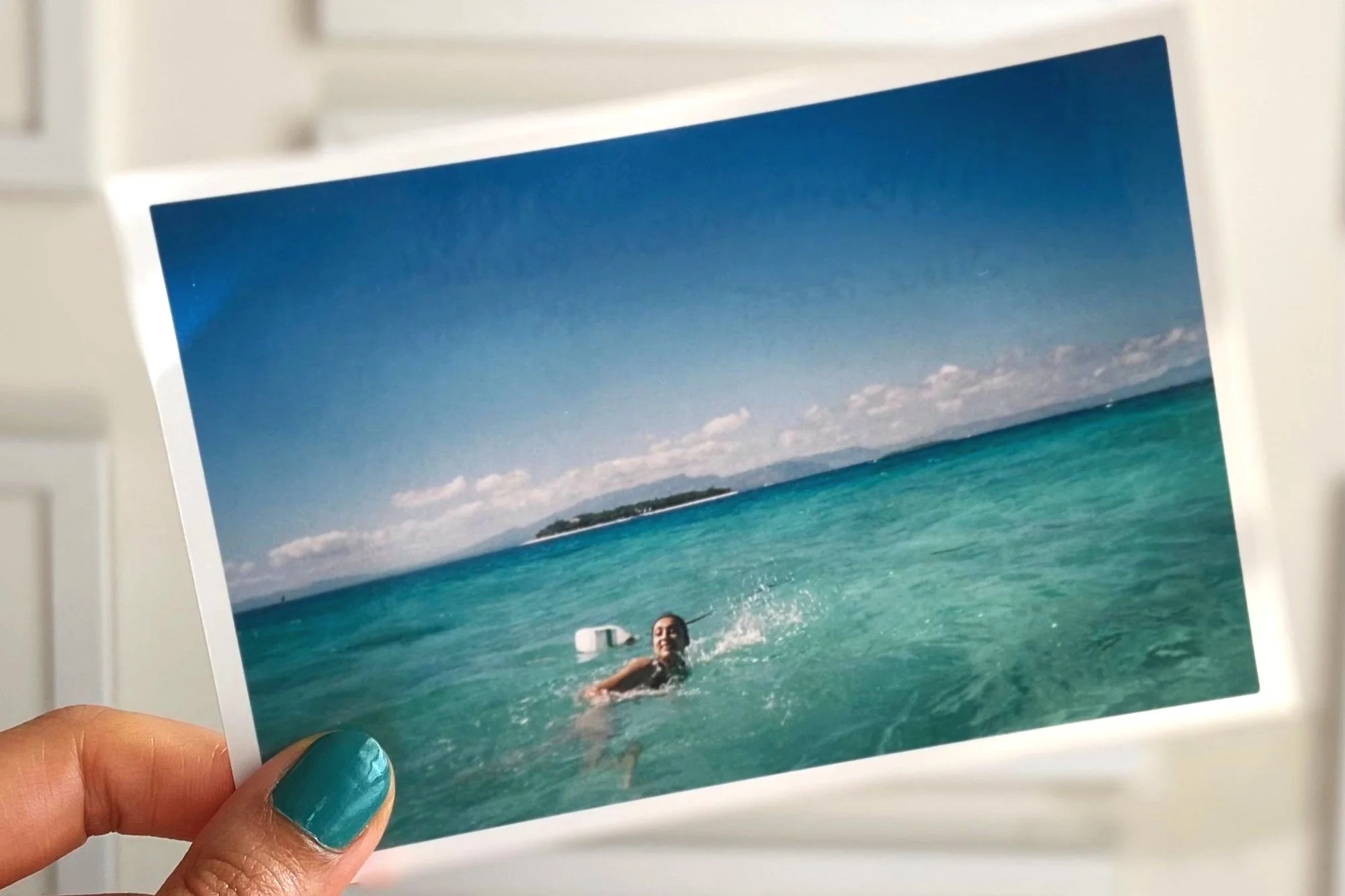Sunscreening Coral Reefs: Superiority Gets Sloppy
chemicals and corals
When protecting ourselves harms others
Our protection from ultraviolet rays (UV) has been a priority since the 1930s. From studies showing harm to skin from ozone depletion and different types of ultraviolet rays, to times of day we are less safe outside, has escalated our vigilant application.
More recently, reports have increased our obligation to consider the damage caused by bioaccumulation of sun protection products on the invertebrates, coral reefs. It is not only coral reefs, but also ocean life that are affected by the remnants of active ingredients in chemical sunscreens. Because coral reefs and aquatic life make substantial provisions to Earth, their pollution affects humans in diet, medicines, and general survival from environmental stressors like climate change.
Supergoop calls themselves “reef-friendly” and states “these types of studies are never 100% conclusive”. This assertion appears confounding because they only mention two ingredients not in use- oxybenzone and octinoxate. Notably, I found Supergoop’s assurance “if this [coral reefs] is an important topic for you” a bit flippant because corals and the organisms that need them are vital to all of us.
Super = excellent
Goop = sloppy, typically unpleasant
So, how superior can you be when your excellently sloppy stuff is potentially disruptive?
Chemical sunscreens save us from skin cancer by eating up toxic ultraviolet rays, but it washes off in the ocean during our Summer swims. The residue settles onto corals because the common active ingredients are water insoluble and not biodegradable. Ocean creatures like shrimp and other seafood inadvertently ingest the washed off sunscreen that holds the toxic components of that interaction. Does this mean pescatarians eventually eat the carcinogens whose penetration they are trying to prevent?
Supergoop (Re) Setting Mist SPF 40 is not different from a lot of other brands when it comes to their active sunray-fighting ingredients like avobenzone and octocrylene. They do a decent job by adding feel-good natural plants and flowers as inactive ingredients. But, both avobenzone and octocrylene can be harmful to coral reefs, and ocean and marine life.
At its active dosage of 3%, avobenzone can disrupt the growth and activity of soft corals. So, Supergoop added 2.9% in their “reef friendly” reformulation. Furthermore, 9.5% of octocrylene is used because its recommended safety concentration caps at 10%.
Avobenzone 2.9%, Homosalate 9.8%, Octisalate 4.9%, Octocrylene 9.5%
Avobenzone = butylmethoxydibenzoylmethane (BMDBM), enol form, significant incorporation since the 1980s
The most recent analyses have not detected concerning bioaccumulation of or toxicity by avobenzone or octocrylene in fish, corals, or other organisms. Crustaceans, rainbow trout and mussels metabolize octocrylene to organism-specific extents. Lower metabolic activity, like that in fish eggs, allows less chemical conversion for both active ingredients. Still, the levels of these chemicals in waters- from the Arctic Ocean to local rivers- increases during summer and octocrylene has an estimated half-life of over 200 years. Reasonable concern focuses on the cumulative taxing on coral reefs- if they are currently endangered by acidification and heat, then monitoring possible destruction by lingering sunscreen chemicals is worthwhile in the long-run.
Bottom Line:
The definition of “healthy” has changed over the decades to include maintaining a sustainable environment. Keeping up with the latest research and fitting those results into our daily lives can be trying. I love coral reefs, the ocean and marine life, so anything we can do to prevent their destruction is a priority. For this reason, the Supergoop mist is preferred for minimal use at a sunny window desk, but not for catching waves in Fiji. Furthermore, I would advise Supergoop to edit their ‘optional importance’ statement to convey more concern for the impact of wearing chemical sunscreens during our fun ocean activities. Usually, by the time we confirm the harm to the environment, it is too late.










